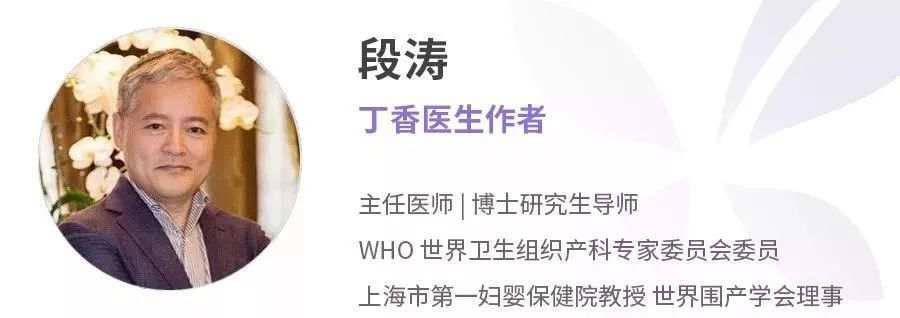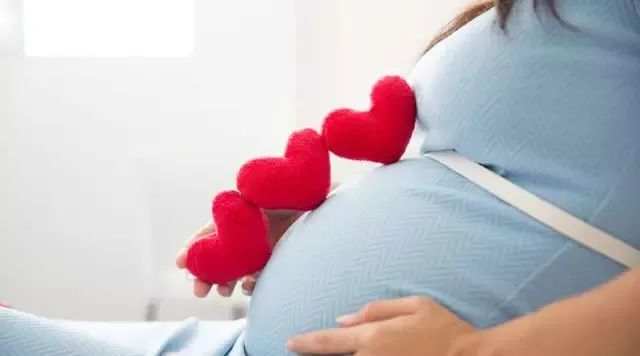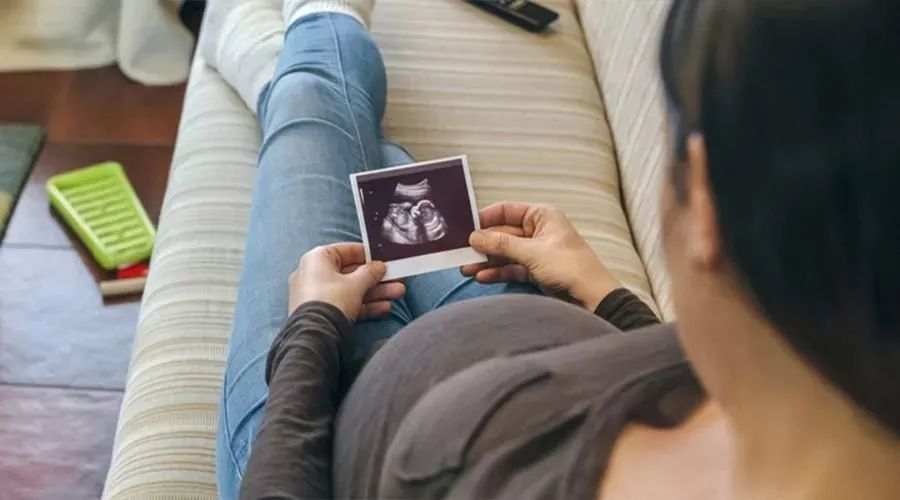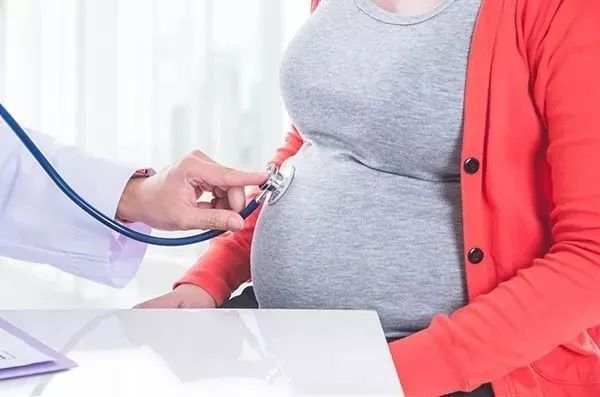It is very unfriendly and taboo to say that women are old. But in obstetrics and gynecology, doctors say such taboo words every day.
If you are 35 years old or older, the doctor will write down on the medical record: high-year delivery, high-year menstruation, or high-year parturient, and then put on a hat and affix a colored label: [high-risk pregnancy].
It means you are old and dangerous.

Source: Giphy.com
For women, this is a great offense. In fact, many women are very uncomfortable to see this diagnosis. Even middle age is not enough. You still say I am old?
Today, Chief Physician Duan Tao will explain to you why pregnant children over 35 years old will be defined as advanced age by doctors.

Pregnant over 35
Risk does not necessarily rise
In fact, Chinese is quite implicit and polite. We use the old age, while English simply and roughly says that you are [old] and old.
Isn’t it cruel to say that a woman is old at 35? Aren’t you looking for a smoke?
According to the official definition, 35 is just the end of youth, not middle age, but the transition period from youth to middle age, because the official definition of middle age is 40-55 years old, and some definitions are 45-59 years old.

Obstetrics and gynecology said that you are [old], not your physiological age, but your reproductive age, which means that the risk of having children at this age will increase.
[35 years old] is not a magic number, and your risk will not increase significantly after this age. Unless you have had a previous history of what or pregnancy, or this pregnancy has had what problems.
The figure of 35
The source is what?

Why is 35 defined as [elderly parturient]? Not 30, 38 or 40? Perhaps many people do not know, this is actually related to the diagnosis of Down’s syndrome.
Thirty or forty years ago, A 35-year-old woman is pregnant, The probability of a child suffering from Down’s syndrome is 1/200, In those days, the abortion rate caused by amniocentesis for diagnosis was also 1/200. Moreover, with the increase of age, the risk of fetus being Down’s syndrome will obviously increase, while the abortion rate caused by amniocentesis itself will not increase, so it is cost-effective to directly do amniocentesis beyond this age.
Therefore, 35 years old is defined as [elderly parturient], which reminds you to do amniocentesis.
However, the current statistics are: 35-year-old women are pregnant, and the probability of children suffering from Down’s syndrome is 1/350. With the progress of technology, the abortion rate of amniocentesis is less than 1/1000, so it is inappropriate to continue to regard 35 years old as [advanced age].
Why do you continue to put 35 years old
Defined as old age?

Photo Source: Station Cool Hailuo Creative
When pregnant after the age of 35, in addition to the increased risk of chromosomal abnormalities, the probability of various pregnancy complications and complications of mothers will also increase, such as gestational diabetes mellitus and hypertension, the risks of abortion, premature delivery and stillbirth will also increase, and the probability of cesarean section will also increase.
However, this increase is gradual and does not show an obvious turning point after the age of 35.
The purpose of continuing this diagnosis is not only to screen and diagnose Down’s syndrome, but also to predict and prevent the occurrence of maternal complications and complications.
Although the definition of 35 years old [old age] has been retained, great changes have taken place in the treatment method.
The first is the screening and diagnosis of Down’s syndrome. Now it is no longer emphasized to perform amniocentesis at the age of 35. Instead, the mother’s peripheral blood Down’s screening can be selected first, or more accurate non-invasive fetal DNA testing (NIPT) can be performed. Only after the age of 40 can direct amniocentesis be recommended.
The second is the treatment of the mother. If everything is normal during pregnancy, it means that you are healthy. Like young pregnant women, there is no difference and there is no need for special treatment.
If you don’t smoke, drink, eat healthily, exercise and weigh within the normal range, the risk of complications and complications is significantly reduced.

Source: www.hizy.net Positive Layout Picture Library
At the age of 35, age is not a problem. Age itself is not an important high-risk factor, but age and other problems.
It is usually after the age of 40 that age becomes an obvious high-risk factor.
In some countries and organizations, the standard of “advanced age” has been raised to 40 years old. Others suggest that the original “AMA for elderly pregnant women” can be retained and a new diagnosis can be added, called “VAMA (Very Advanced Maternal Age)”.
As soon as I heard it, I knew that this was a suggestion put forward by a man. It was very unreliable and did not consider the feelings of a woman. I would not reveal who said it, otherwise he would be drowned by spittle or killed by plank bricks.
This article starts with [Dr. Duan Tao] (ID: Dr_Duan_Tao). It’s a bit of a panic to have a baby and raise a child? Listen to Duan Tao talk about reliable science popularization! If you need to reprint, please contact the original author.
